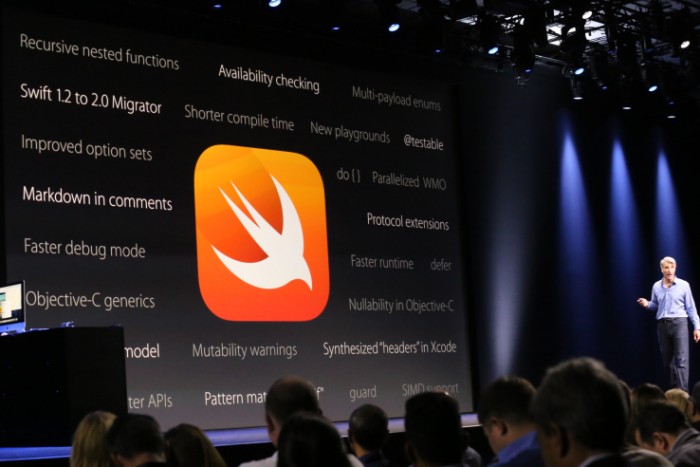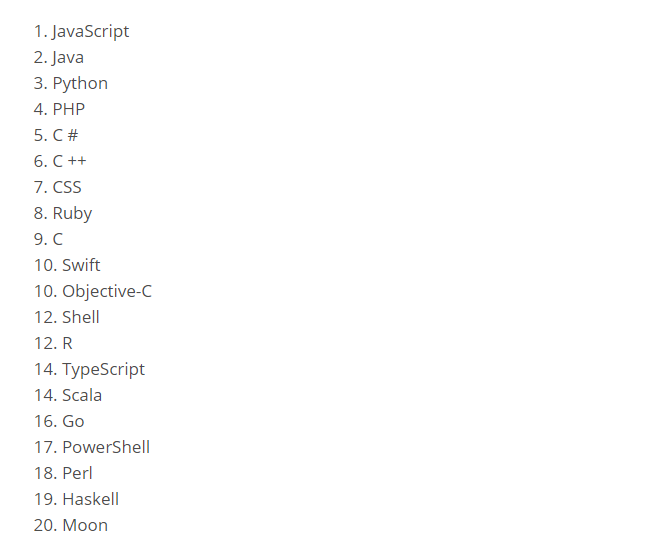 3381
3381
 2018-03-13
2018-03-13
In 2014, Apple announced a programming language designed to replace Objective-C in creating apps for iOS and macOS. Four years later, it has already become one of the most popular among developers.
The RedMonk consultancy has compiled a ranking of the most popular languages since 2011. The latest version shows that Swift has reached the top 10.
It's no surprise that programmers are interested in the language of Apple, since it can be used on different platforms - iOS, macOS, watchOS, until the future Google Fuchsia - and has open source . But RedMonk has never seen interest in a language increase so fast.
Meanwhile, Kotlin had the second fastest climb in that ranking. He jumped from 46th place in the third quarter of 2017 to 27th place in January.

The reason is simple: since last year , Google officially supports this language to develop Android apps. Kotlin is 100% interoperable with Java.
"What will be particularly interesting to see is whether Kotlin is able to penetrate major enterprise applications. That would give it a form of growth that Swift does not currently have, " writes Stephen O'Grady of RedMonk.
Apart from these changes, the ranking remained basically the same in relation to previous years. JavaScript and Java remain the two most popular languages, followed by Python, PHP and C #. Also check out: AdBlock tests feature to accelerate pages with JavaScript library cache
It's getting harder for new languages to get into the top 20. Go, Google's programming language, was able to do it fast - but it stalled. "Its back-end reputation is unquestionable, but it lacks the versatility we see in Java to give it access to new markets and therefore new growth," O'Grady says.

There were three technical draws in the ranking: Swift and Objective-C (10th place), Shell and R (12th place) and TypeScript and Scala (14th place).
RedMonk compiles the ranking by examining the number of questions asked in Stack Overflow and the number of projects in GitHub. The methodology was created by data scientists Drew Conway and John Myles White in 2010.
O'Grady points out that the ranking does not necessarily reflect whether companies are using these languages, nor how many jobs are available to those who know them.
The idea is to indicate the interest of the developers, who can influence internal decisions of the companies - for example, which language will be used in new projects.
Source: tecnoblog